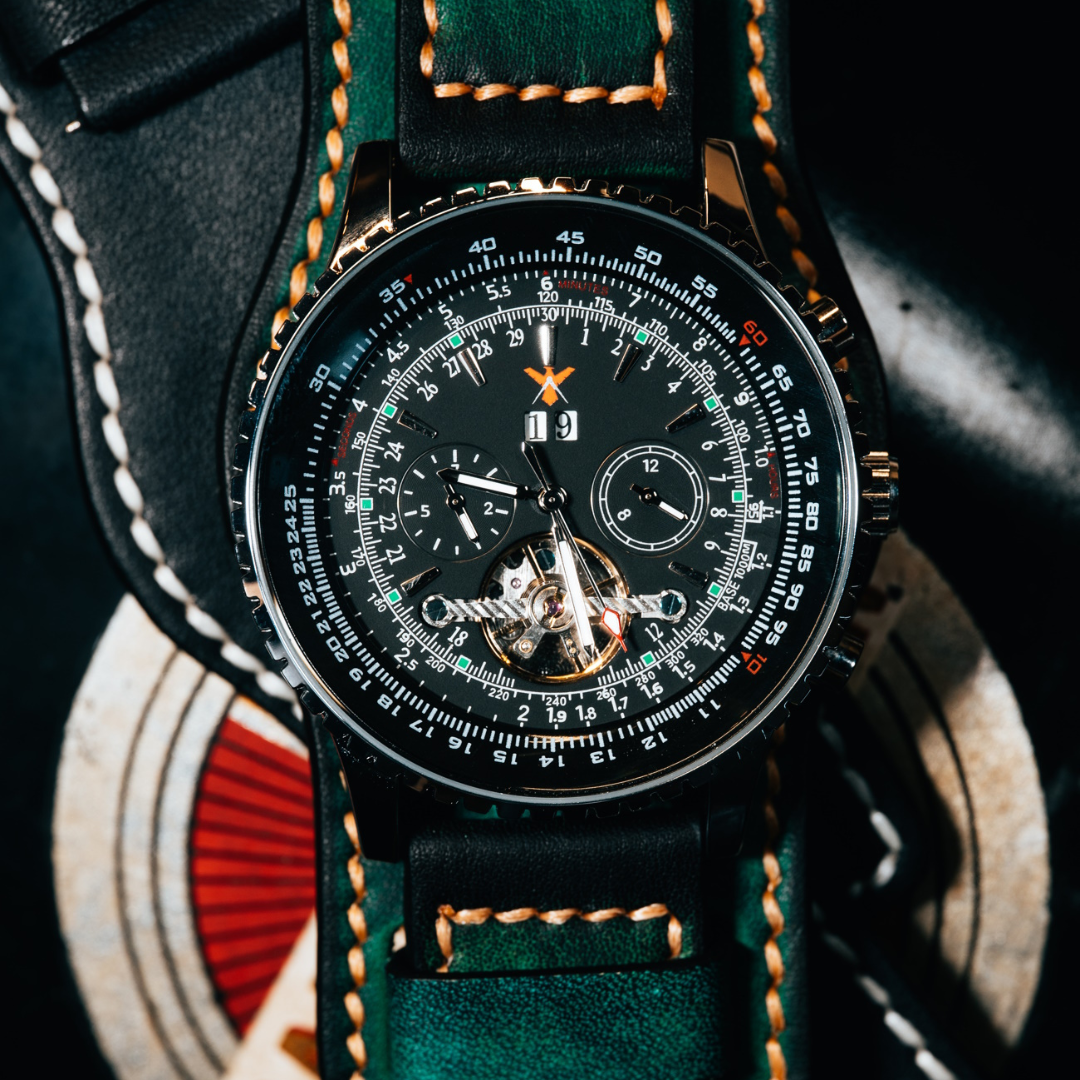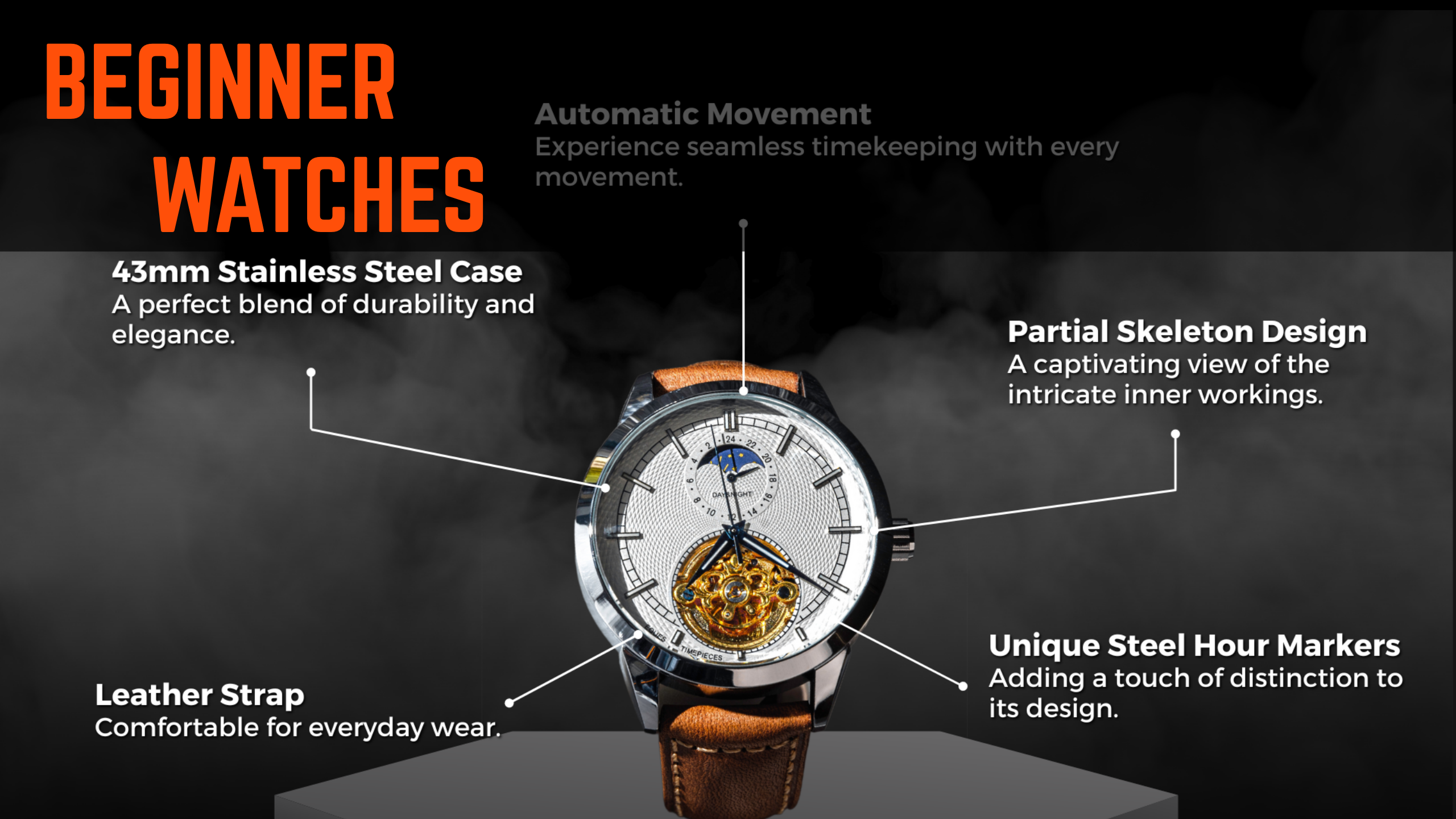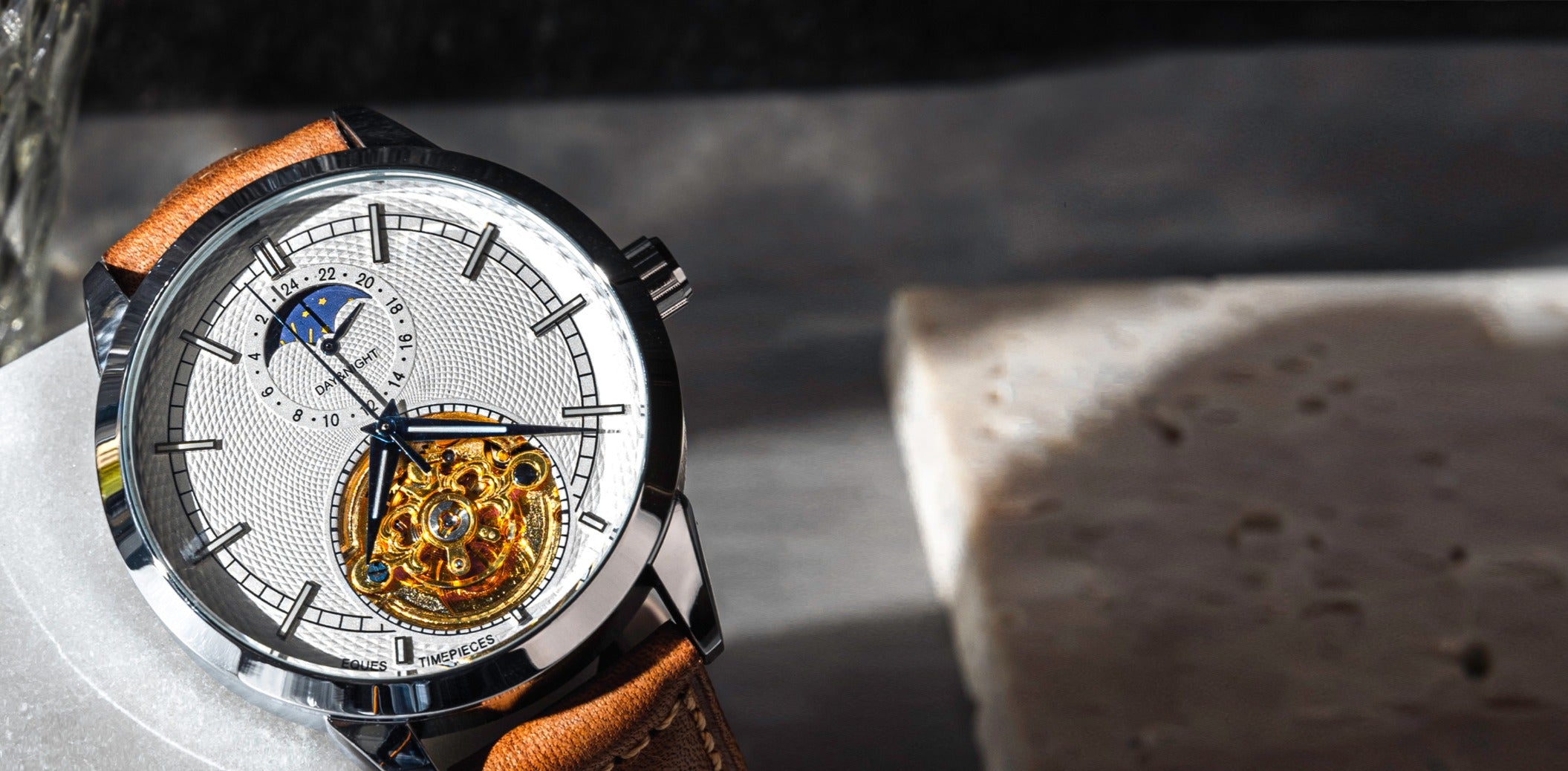If you’ve ever slipped a watch onto your wrist or pulled out your phone to check the time, you owe a subtle nod to Peter Henlein, the German locksmith-turned-clockmaker who changed the course of horology in the early 1500s. Hailing from Nuremberg, Henlein’s ingenious craftsmanship shifted the world from cumbersome stationary clocks to portable timepieces, making him a true trailblazer in the art of timekeeping.
Let’s wind back the clock to Henlein’s crowning achievement: the Henlein Pocket Watch of 1510. This drum-shaped marvel of its time represented the infancy of mechanical timekeeping and was long believed to be the world’s oldest portable watch. While the exact details of its origin remain shrouded in mystery, it’s impossible to deny its historical significance. However, the Henlein Pocket Watch has a rival for the title of “world’s oldest watch”—the enigmatic Pomander Watch, a creation that has sparked centuries of intrigue.

The Pomander Watch: A Timekeeping Enigma
Discovered in 1987 and dating back to 1505, the Pomander Watch has its own fascinating story. Initially dismissed as a potential forgery, it passed from skeptic to skeptic until a panel of horological experts confirmed its authenticity. The watch, thought to be linked to Henlein, represents a critical leap forward in timekeeping. With its drum-like design and portable nature, it helped bridge the gap between the public clocks of the medieval era and the personal timepieces that defined the Renaissance.
The Pomander Watch is more than just a relic; it’s a revolutionary artifact. In an age when time was tracked in church bells and town squares, this tiny, ornate device symbolized freedom—the ability to carry time with you. Whether Henlein himself crafted it or simply inspired its creation, its ingenuity embodies the Renaissance spirit of innovation.
Peter Henlein’s Legacy: More Than a Single Watch
While debates swirl around whether Henlein crafted the Pomander Watch, his influence on horology is beyond question. By miniaturizing mechanical clocks and pioneering the art of the pocket watch, Henlein effectively laid the foundation for modern personal timekeeping. His work shifted the paradigm, moving clocks from grand public displays into the personal realm, where time became an intimate companion.
Henlein’s innovations also highlight the Renaissance-era obsession with blending beauty and functionality. Early pocket watches weren’t just tools—they were statements, adorned with intricate designs that showcased their owners’ wealth and taste. Henlein didn’t just craft watches; he created wearable art that celebrated both the precision of mechanics and the elegance of craftsmanship.
Why Henlein’s Story Still Matters
Henlein’s tale isn’t just for horologists and history buffs—it’s a reminder of humanity’s endless quest to conquer time. From the monumental town clocks of the Middle Ages to the digital smartwatches of today, our fascination with tracking every second has deep roots in Henlein’s groundbreaking work.
Though questions about the origins of the Pomander Watch persist, Henlein’s contributions are undisputed. His vision forever altered the trajectory of timekeeping, transforming it from a communal activity into a personal experience.
So the next time you glance at your watch, think of Henlein, the man who dared to dream of portable time in an age when most people couldn’t even fathom it. His legacy ticks on, one second at a time.














